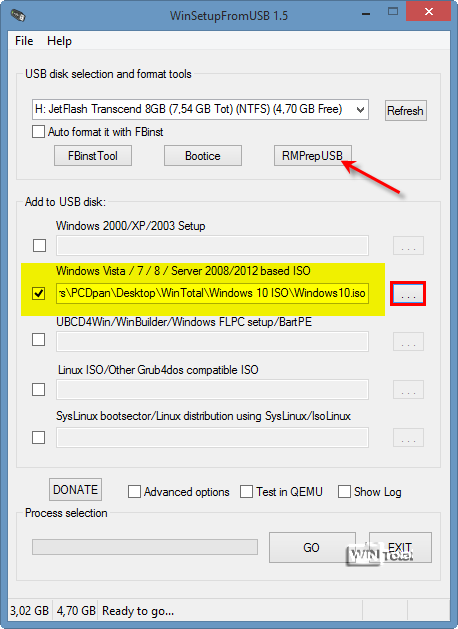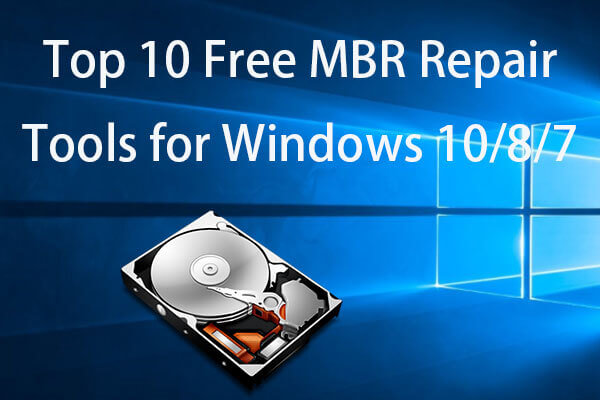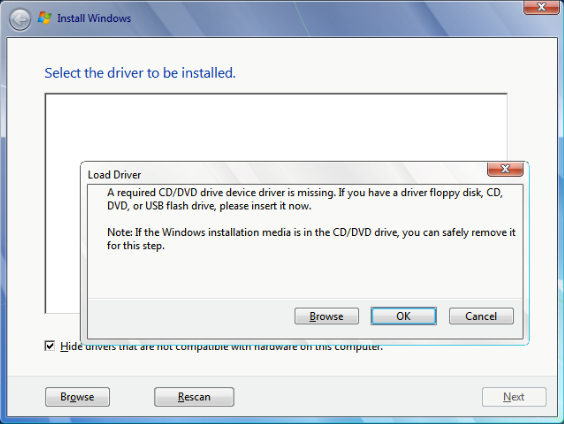
- FIX WINDOWS 7 BOOT USB ISO HOW TO
- FIX WINDOWS 7 BOOT USB ISO PDF
- FIX WINDOWS 7 BOOT USB ISO INSTALL
- FIX WINDOWS 7 BOOT USB ISO PATCH
- FIX WINDOWS 7 BOOT USB ISO WINDOWS 7
Enables the file system to handle media capacity of 32GB and larger.More specifically, Microsoft describes the exFAT system as offering the following advantages: When Microsoft ported exFAT over to Vista, the idea was to improve support for flash-based media by allowing the operating system to be able to support larger-sized drives and larger file sizes. (Windows CE devices can boot from exFAT drives using a special boot loader in the BIOS.) As the successor to the FAT32 file system, exFAT is designed for Windows Embedded CE 6.0 to allow it to support larger drives and file sizes than FAT32, which was released with Windows 95 OSR2 - back when today's standard hard disk and file sizes were unfathomable.
FIX WINDOWS 7 BOOT USB ISO PATCH
At this point in time, exFAT for Windows XP/Vista/7 does not support booting from the file system.Īs you may know, with Vista SP1, Microsoft added the exFAT file system to the operating system and then shortly afterward released an exFAT patch for Windows XP. When it comes to choosing between FAT32 and exFAT when formatting a bootable USB flash drive, you have to use FAT32.
FIX WINDOWS 7 BOOT USB ISO WINDOWS 7
However, as long as you take these drawbacks into consideration, there is no reason that you can't use NTFS to format a bootable USB flash drive to use as a Windows 7 installation platform. If you yank out an NTFS drive that has not yet completed working with the files on the USB flash drive, you could very well end up with corrupted data.Īnother reason against using NTFS for USB flash drives is that NTFS is a more feature-rich file system and as such has more overhead, making it perform a bit slower on USB flash drives than FAT32. The reason that FAT32 is better in this situation is that people tend to pull USB flash drives out of the port when they are finished using them rather than using the Safely Remove Hardware method and FAT32 is more forgiving of this type of termination than NTFS is. When it comes to choosing between FAT32 and NTFS when formatting USB flash drives, I think that FAT32 is the best way to go.


Now, that being said, I'm open to the possibility that I may be wrong about the Disk Management Console and would ask that anyone who has been able to successfully prepare a bootable USB flash drive from the Disk Management Console, please let us know how you went about it. Since I know using the DiskPart command works, that is the procedure I described in my article. However, using the DiskPart command with its very specific command structure, I have always been able to prepare a bootable USB flash drive. In experimenting with this, I have not been able to successfully prepare a bootable USB flash drive from the Disk Management Console. Microsoft even describes the DiskPart command as enabling a superset of the actions that are supported by the Disk Management snap-in. In fact, every piece of documentation from Microsoft that I have seen about formatting a bootable USB flash drive specifically describes the procedure using the Vista DiskPart command. However, that doesn't seem to be the case. Disk Management ConsoleĬonceivably, the idea of using Vista's Disk Management Console makes sense - you could just point and click to prepare the USB flash drive.
FIX WINDOWS 7 BOOT USB ISO PDF
This blog post is also available in PDF format in a free TechRepublic download.

In this edition of the Windows Vista and Windows 7 Report, I'll explore these question and answers in more detail. I've also heard from some folks who have been asking about solutions to problems with the DiskPart command.
FIX WINDOWS 7 BOOT USB ISO INSTALL
Second, it provides an easy way to install Microsoft Windows 7 on a system that doesn't have a DVD drive, such as a netbook.
FIX WINDOWS 7 BOOT USB ISO HOW TO
In my August 18th blog post, " Configure a USB Flash Drive to Be a Windows 7 Installation Platform," I showed you how to use the DiskPart utility to configure a bootable USB flash drive that you can then use to install the Microsoft Windows 7 operating system.Īs I mentioned in that blog post, this technique is very cool for two reasons: First, a flash drive is much more responsive than an optical drive, since it doesn't rely on physically moving components, so the installation procedure will be faster.


 0 kommentar(er)
0 kommentar(er)
